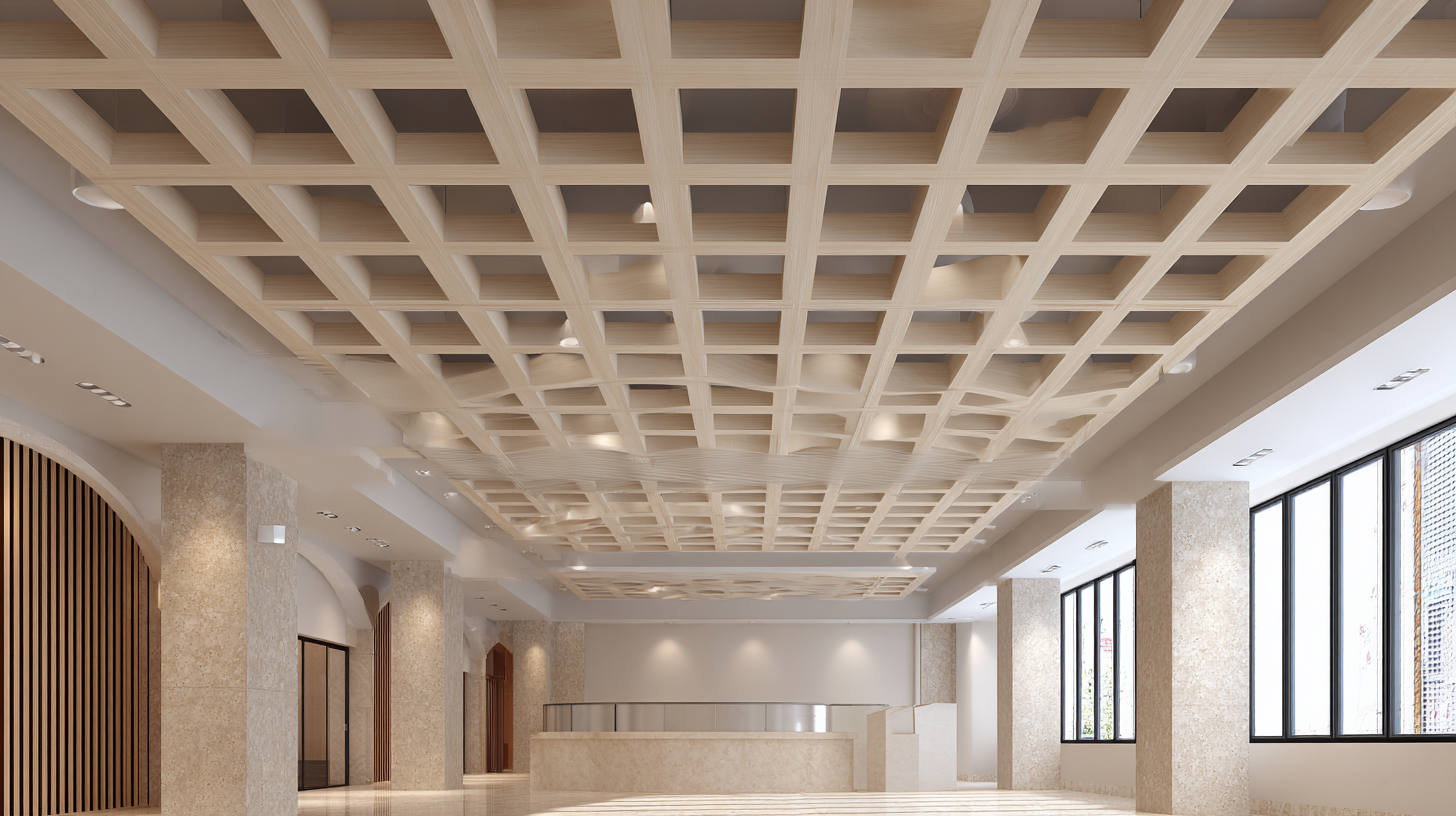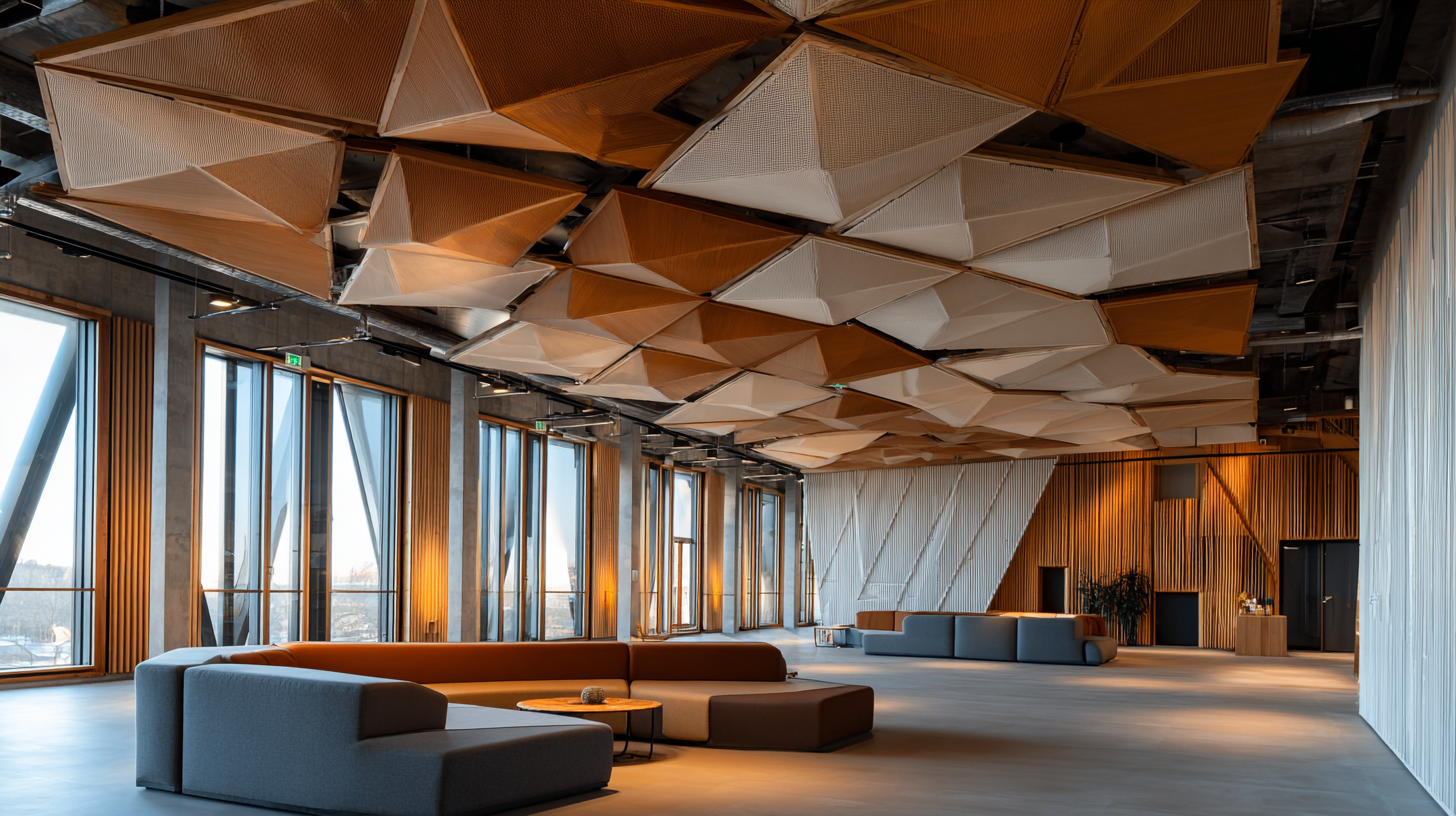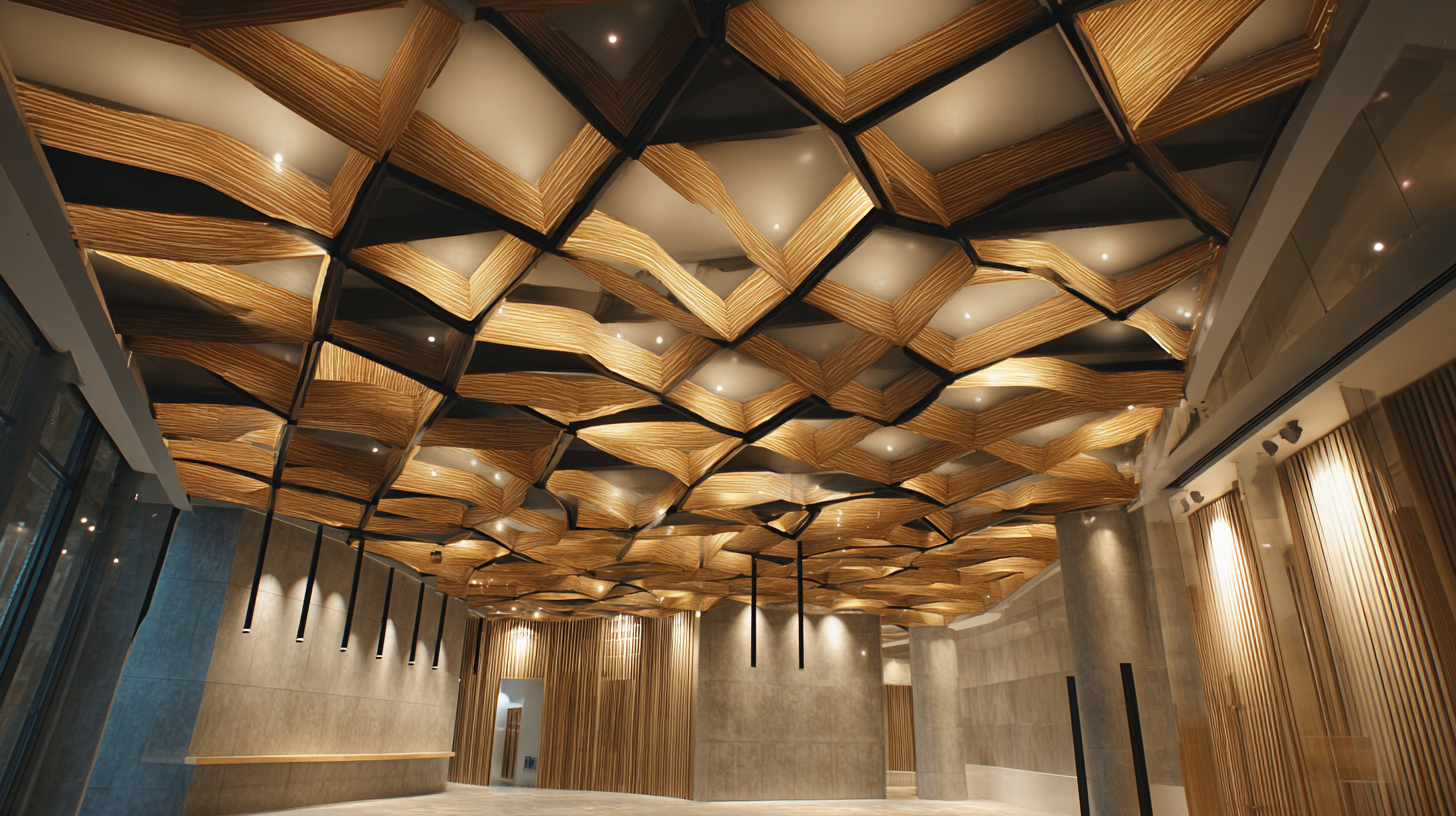
In the realm of interior design, the significance of Bathroom Ceiling Cladding cannot be overstated, as it not only enhances the aesthetic appeal of the space but also provides essential protection against moisture and damage. As global buyers seek innovative alternatives to traditional materials, it becomes crucial to explore diverse options that combine functionality, style, and sustainability. This checklist aims to guide you through the myriad choices available in the market, highlighting the benefits and characteristics of various cladding materials, from eco-friendly panels to waterproof vinyl sheets. By emphasizing unique designs and practical applications, this blog will equip readers with the knowledge to make informed decisions when selecting the perfect bathroom ceiling cladding for their projects.

Join us as we delve into the latest trends in ceiling cladding and discover how you can transform your bathroom into a modern sanctuary while meeting the demands of contemporary living.
The bathroom ceiling has often been an overlooked element in interior design, but innovative materials are changing the game. Today, global buyers are exploring alternatives to traditional cladding that not only enhance aesthetics but also offer functionality. One such innovative material is PVC ceiling panels, which are lightweight, waterproof, and available in a plethora of designs that mimic wood, tiles, or even fabric. This versatility allows homeowners to achieve a high-end look without the hefty price tag, making it a popular choice across various markets.

Another material making waves in bathroom ceiling design is acoustic ceiling tiles. These tiles not only improve the acoustic quality of bathrooms, reducing echo and noise, but they also come in a range of stylish designs that add flair. Additionally, eco-friendly options, such as bamboo or reclaimed wood, are becoming increasingly sought after as consumers prioritize sustainability. These materials not only contribute to a unique design but also reflect a commitment to environmental responsibility, appealing to the modern buyer's values. With these innovative alternatives, the bathroom ceiling is poised to become a centerpiece of stylish and practical design.
In recent years, the demand for sustainable bathroom ceiling cladding has surged, reflecting a broader shift towards eco-friendly construction practices. Reports from the Global Sustainable Building Report indicate that over 60% of global construction firms are now prioritizing sustainable materials, with a notable increase in the use of recycled and low-impact options. One innovative alternative gaining traction is bamboo cladding, which not only offers a unique aesthetic but also boasts high strength-to-weight ratios and rapid renewability, making it a top choice for environmentally conscious consumers.

Another sustainable option is the use of PVC-free ceiling panels made from repurposed wood fibers. According to the International Green Building Council, these materials not only reduce landfill waste but also significantly lower the carbon footprint associated with traditional PVC production. Moreover, these panels are often treated to be moisture-resistant, ensuring longevity and minimal maintenance in humid bathroom environments. As global buyers seek to align their purchases with personal values and environmental responsibility, exploring these innovative cladding alternatives becomes essential for creating stylish yet sustainable bathroom spaces.
When it comes to bathroom design, the ceiling often gets overlooked. However, innovative finishes can transform this space into a stylish sanctuary. For buyers worldwide, embracing unique aesthetics in bathroom ceiling cladding opens up a realm of possibilities. From wood paneling for a rustic feel to sleek metal tiles that add a contemporary flair, the choices are abundant and versatile.
Tip 1: Consider the color palette of your bathroom when selecting ceiling finishes. Light colors can make a space feel larger and more open, while darker shades can create a cozy, intimate atmosphere.
Moreover, textured ceilings made of natural materials like bamboo or cork not only provide visual interest but also contribute to sustainability. These options reflect a growing trend toward eco-friendly design, appealing to environmentally conscious buyers.
Tip 2: Don’t shy away from incorporating patterns or unique designs into your ceiling choices. Geometric tiles or decorative moldings can serve as a stunning focal point, enhancing the overall aesthetic without overwhelming the space.
This chart presents the popularity of various bathroom ceiling cladding options based on recent market trends and consumer preferences. The data reflects the percentage of interest in different materials as alternatives.
The impact of technology on modern ceiling solutions has revolutionized the way we view bathroom cladding. With advancements in material science and manufacturing processes, innovative alternatives such as PVC, lightweight composites, and even sustainable options like bamboo have emerged. According to a recent report by MarketsandMarkets, the global ceiling tiles market is projected to reach USD 10.99 billion by 2025, driven by increasing demand for aesthetic and functional enhancements in residential and commercial spaces. These materials offer superior moisture resistance, durability, and ease of maintenance, making them ideal for humid environments like bathrooms.
When selecting ceiling cladding, buyers should consider integrating smart technology. Products equipped with LED lighting and humidity sensors not only enhance the user experience but also provide energy efficiency. For instance, a study from the International Energy Agency indicates that energy-efficient lighting can reduce electricity consumption by 75%.
**Tips for Choosing Bathroom Ceiling Cladding:**
1. Opt for materials that are resistant to moisture and mold to ensure longevity.
2. Consider incorporating acoustic panels for noise reduction, especially in multi-story homes.
3. Look for customizable solutions that blend with your bathroom’s overall design, enhancing both aesthetics and functionality.
When considering bathroom renovations, the choice of ceiling cladding is often overshadowed by more visible fixtures. However, the right ceiling material can significantly affect both aesthetics and maintenance costs. According to a report by the Freedonia Group, the demand for ceiling materials in residential renovations is expected to grow by 4.5% annually up to 2025, indicating a rising interest in innovative alternatives to traditional options like PVC or plaster.
Cost-effective alternatives are increasingly being favored by homeowners looking to balance budget with style. One notable option is the use of moisture-resistant MDF panels, which typically come at a 20-30% lower cost compared to traditional materials. Furthermore, companies like Armstrong Ceilings report that options such as vinyl ceiling tiles are both durable and easy to install, providing an affordable solution that does not compromise on quality. These alternatives not only reduce expenses but also simplify upkeep, making them attractive choices for global buyers seeking both functionality and elegance in bathroom design.
| Material Type | Cost per Square Meter (USD) | Durability (Years) | Moisture Resistance | Installation Difficulty |
|---|---|---|---|---|
| PVC Panels | $30 | 10-15 | Excellent | Easy |
| MDF (Medium Density Fiberboard) | $25 | 5-10 | Moderate | Moderate |
| Gypsum Board | $20 | 10-20 | Good | Easy |
| Wooden Planks | $40 | 15-20 | Moderate | Difficult |
| Metal Panels | $50 | 20+ | Excellent | Moderate |
